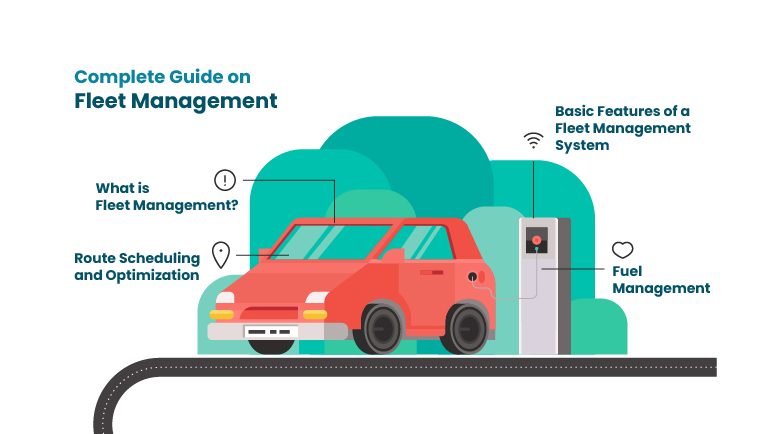
Image Source: Google
Fleet management can be a complex and challenging task, especially when dealing with a large number of vehicles. Vehicle asset tracking, using GPS technology and software solutions, has become an essential tool for fleet managers looking to streamline operations, improve efficiency, and ultimately, save costs. In this article, we will explore the various benefits of implementing vehicle asset tracking systems in fleet management.
Improved Fleet Visibility
One of the key benefits of vehicle asset tracking is the improved visibility it provides into the operations of a fleet. With real-time tracking capabilities, fleet managers can have a clear view of the location and status of each vehicle in their fleet. This visibility allows for better decision-making and more efficient allocation of resources.
Benefits of improved fleet visibility include:
- Reduced response times to customer inquiries and emergencies
- Optimized routing for more efficient travel and fuel consumption
- Identification of underutilized vehicles for potential cost savings
- Enhanced security and theft prevention through real-time monitoring
Increased Efficiency and Productivity
Vehicle asset tracking can help streamline operations and improve overall efficiency within a fleet. By monitoring driver behavior, vehicle performance, and maintenance schedules, fleet managers can identify areas for improvement and implement measures to increase productivity.
Ways in which vehicle asset tracking boosts efficiency and productivity:
- Monitoring driver behavior to reduce idling time and improve fuel efficiency
- Scheduling regular maintenance to prevent breakdowns and costly repairs
- Automating reporting and administrative tasks for time savings
- Optimizing vehicle utilization to eliminate unnecessary downtime
Cost Savings and ROI
Implementing a vehicle asset tracking system may require an initial investment, but the long-term cost savings and return on investment (ROI) can be significant. By improving fleet visibility, efficiency, and productivity, fleet managers can reduce operating costs, increase revenue, and ultimately, enhance the bottom line.
Key cost-saving benefits of vehicle asset tracking:
- Reduced fuel costs through optimized routing and driver behavior monitoring
- Lower maintenance expenses by scheduling preventive maintenance and avoiding breakdowns
- Decreased insurance premiums with enhanced security measures and theft prevention
- Minimized downtime through improved vehicle utilization and maintenance planning
Enhanced Safety and Compliance
Ensuring the safety of drivers, vehicles, and cargo is a top priority for fleet managers. Vehicle asset tracking systems can help improve safety measures by monitoring driver behavior, enforcing speed limits, and providing real-time alerts in case of emergencies or accidents. Additionally, these systems can assist in ensuring regulatory compliance with laws and regulations governing the transportation industry.
Benefits of enhanced safety and compliance through vehicle asset tracking:
- Monitoring driver behavior to reduce risky driving habits and promote safety
- Enforcing speed limits and providing real-time alerts for speeding violations
- Tracking vehicle maintenance and ensuring compliance with scheduled inspections
- Generating reports for regulatory agencies to demonstrate compliance with industry standards
Conclusion
Vehicle asset tracking offers a wide range of benefits for fleet management, from improved visibility and efficiency to cost savings and enhanced safety. By implementing a comprehensive tracking system, fleet managers can navigate their way to success by making informed decisions, increasing productivity, and ultimately, achieving a competitive edge in the transportation industry.